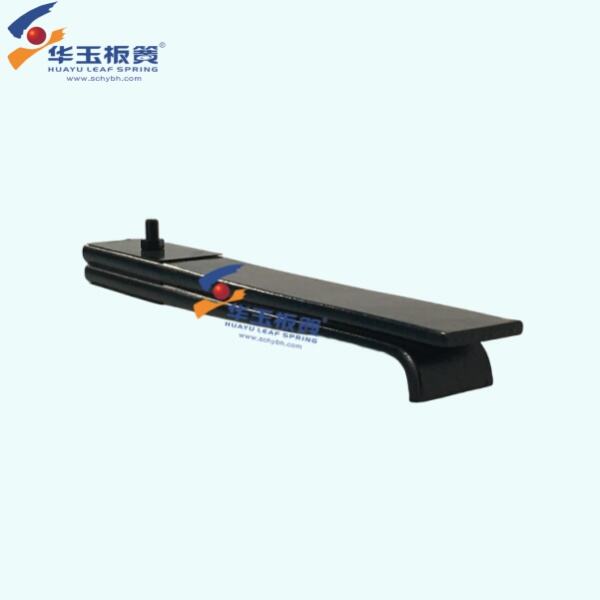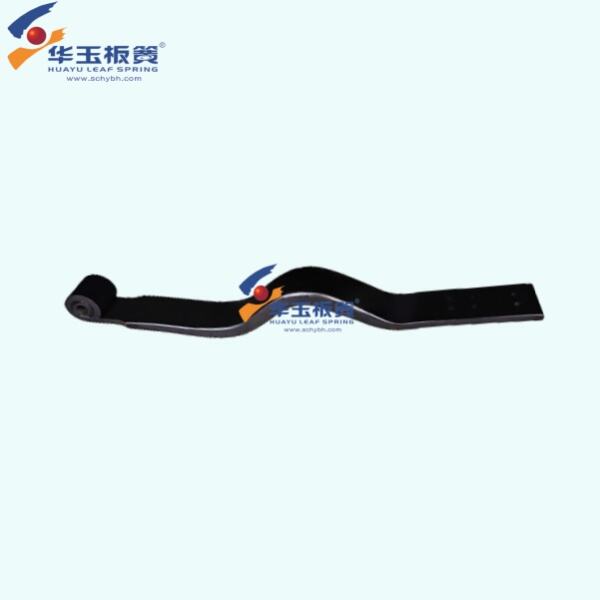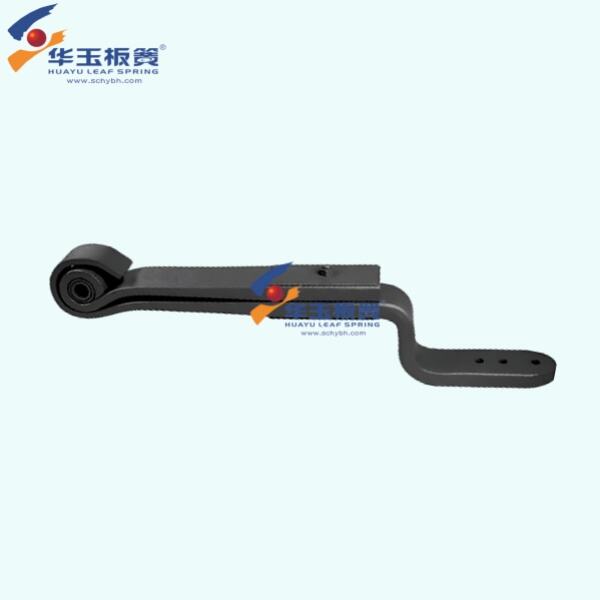Transverse beam springs are a critical component of a car suspension. They absorb bumps and shocks from the road, which makes for a smoother ride. In this lesson, we discuss what a transverse leaf spring is, the science behind how they work, the advantages of using them, their history, the competition in the suspension world, and finally, how to take care of your leaf springs and make them last.
One of the most venerable designs for picking things up and putting them down is the transverse leaf spring: A wide flat of metal, bent so that the spring will return to flat if twisted, and very wide so the spring itself is quite low in the body. It spans the whole width of the vehicle, and generally located in the front or rear axle. A transverse leaf spring’s primary function is to maintain the vehicle’s weight and smooth out the ride over bumps and rough roads.
Another major upside of the transverse leaf spring is that it is stupid simple. Unlike other suspension systems, which rely on many working parts, such as shocks and struts, a transverse leaf spring is a single piece of metal. This means it is easy to install and to look after.
Transverse leaf springs have been employed in vehicle for over 100 years. They were originally made from wood or steel, but today they are typically constructed from lighter materials such as composite plastics or carbon fiber. Those modern materials are stronger and more flexible, which makes for a better-performing vehicle on the road.”

The folks at AFCO tell us the transverse leaf spring has been around since 1 AD and over many decades of engineering the design has gotten better and better. They have lightened them up and made them easier to handle, and that means vehicles ride better.

If you want to keep your transverse leaf spring system in good working order, it will need to be inspected periodically. Check for wear or damage, such as cracks or sagging. Be sure your springs are properly lubricated and adjusted.

If you see any issues related to the tires, such as a rough ride or uneven tire wear, you need to be sure to have a professional inspect it for you. While there’s no body-systems mechanic, they can figure out any problems and repair them to make your car’s suspension system function more efficiently.
 ONLINE
ONLINE